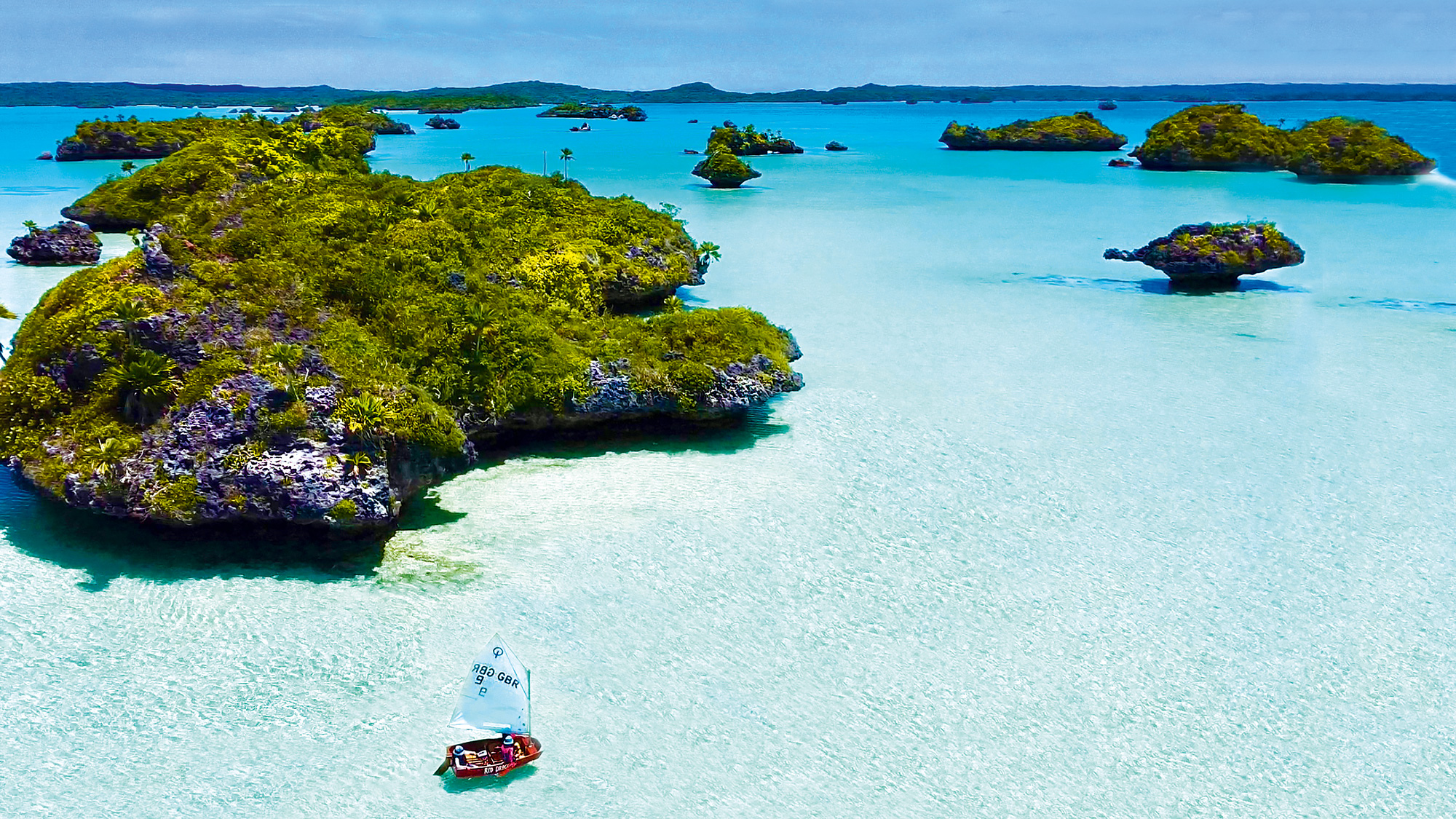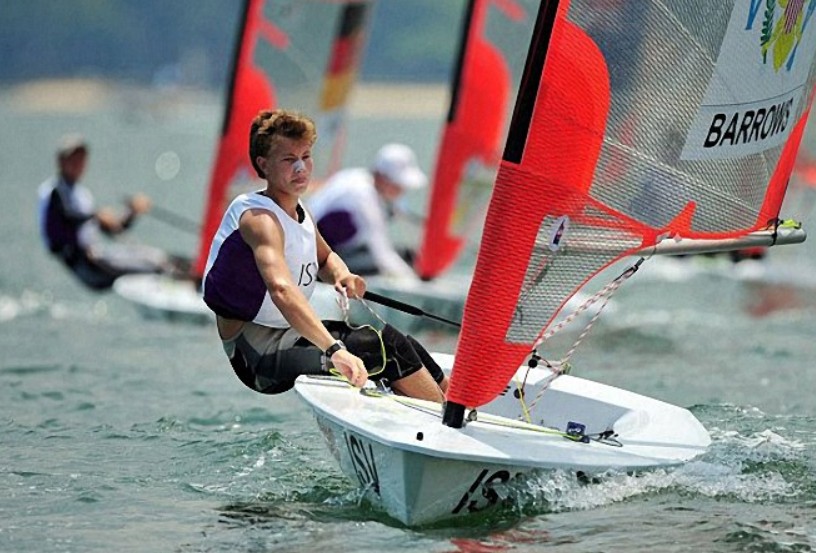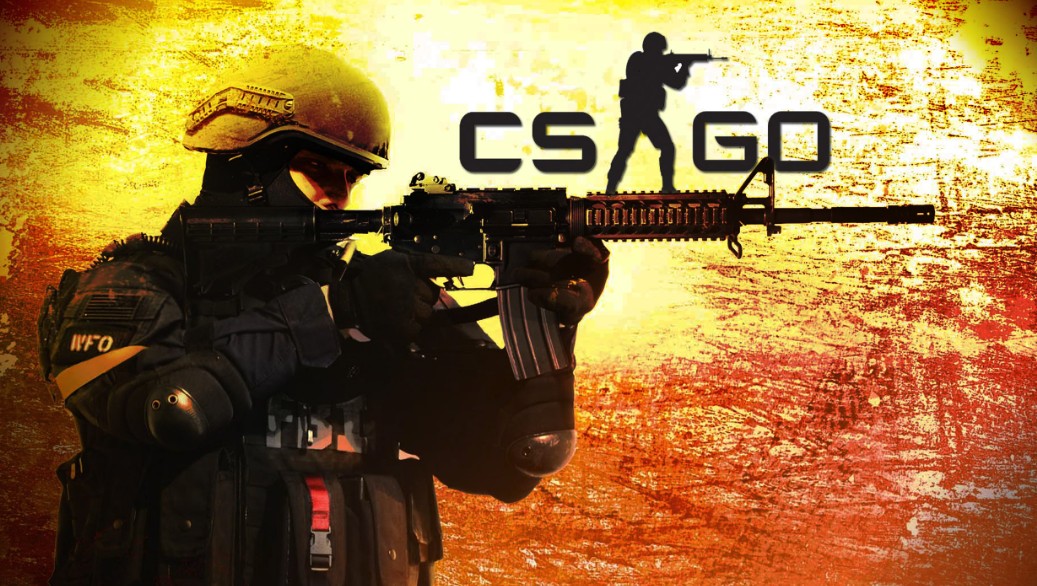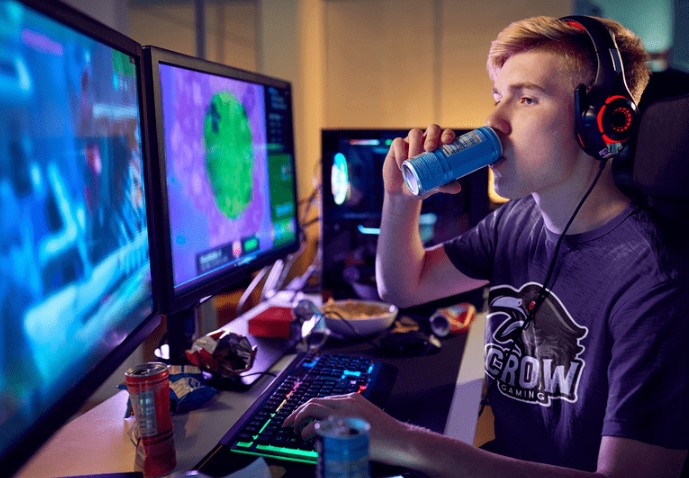
Halfway around the world on his cruising catamaran, ocean racer Nick Bubb reveals what he’s learned sailing 15,000 miles with his family
After a fast downwind passage from French Polynesia, we sailed into Fijian waters, just under 12 months after setting off from Lymington in the UK. Once we had cleared customs and immigration, met up with cruising friends and enjoyed the hospitality of the Savusavu Yacht Club, we took a moment to reflect on what we’d just done as a family: we’d achieved our dream to sail to the other side of the world.
A few months later and it still feels pretty surreal and very special. We’ve enjoyed 15,000 miles of wild adventures, new friendships, deeply immersive experiences and a proximity to nature few could imagine.
To those looking in, it often seems like this trip has been smooth sailing all the way: an endless procession of tropical island paradises. We’re well aware that besides having made some decent decisions, we’ve been pretty lucky and had some great support from friends near and far, old and new.
We’ve also made more than a few mistakes! The difference with a life like this, though, is that the cost of those mistakes can be huge. All we can do is prepare for each stage as fully as possible, and mitigate the risks through sensible, informed and measured decision-making. Making a positive decision and following through with it is often what matters most.
While I can’t claim this voyage is anything other than a great family adventure, among the goals we discussed was the hope that we might inspire a few others to venture a little further, and deepen their appreciation of this changing world we’re so lucky to live in.

The Bubb family are cruising the world in their Nautitech 40 Quickstep Two
Early foundations
Many of the decisions we made way back in 2020, when we started looking for the perfect boat for this voyage, still influence us right now. The first point is that there is no perfect boat – irrespective of your budget – but you need to decide on a philosophy to guide your cruising choices. Fast and light or slow and steady? Independent, externally supported, off-grid or on the well-worn track? There are many considerations.
Our goal was to explore the Pacific and see some of the more remote parts of the world. We wanted to travel relatively quickly, with lots of toys on board, and have space to share some of the experiences with friends. Our budget was not huge and, like most people, we wanted a boat we could in theory sell relatively easily, without too much depreciation.
It quickly became clear we were looking for a production catamaran. For our own sanity we wanted something with a bit of an edge to it that would pick up and surf the long Pacific swells. Another big consideration, which people often overlook, is how the boat performs at anchor. What started off as a bit of a joke between us turned into a pretty serious conversation as we realised this is how you actually spend most of your time when cruising the Pacific. This was another huge tick in the box for a multihull over most monohull options.
With that choice made, and keen to avoid anything too old, we were limited in size by budget and ended up with a Nautitech 40, a choice we remain very happy with. I was immediately aware, however, that this probably ruled out sailing around the world via the traditional route south of Africa.

Transiting the Panama Canal
Sure, it’s possible and many have done it in smaller boats, but it wasn’t something I personally wanted to do with my young family on this boat. While our catamaran relishes tradewind sailing and long ocean swells, I’m not convinced it would excel in some of the more challenging conditions we might experience going round the Cape of Good Hope.
Instead, our options have always included ‘closing the loop’ via the Suez Canal, finishing up in Thailand, or selling in New Zealand or Australia. We also knew that we might, actually, have had enough after a season in the Caribbean. That didn’t happen, so as we sit in Fiji looking west, we still have all options on the table.
One of the most common mistakes a lot of cruisers make is getting too fixed with their plans and chasing ideas and schedules that they came up with long before they ever saw a weather forecast. By working hard to remain as flexible as possible with your planning, it becomes so much easier to adapt as required.
When it came to our general setup, a lot of the decisions we made were influenced by the boat, but we weren’t afraid to adapt it to suit our needs. It’s easy to overcomplicate many of the systems on board and get distracted from the fundamentals: what’s the bare minimum you need to keep the show on the road?

Local wildlife joins the boat for company in the Galapagos
Governing principles
Our guiding philosophy was off-grid capability and that starts with power and fresh water. When it comes to power needs you have to make some big decisions early on – such as do you want air conditioning or not? We agonised for a while but having AC means having a generator – we didn’t have one and didn’t really want one. We also didn’t want to be ‘trapped’ inside the boat, addicted to the cool. With hindsight having no AC has made homeschooling and sleeping on breathless nights challenging at times, but at sea you don’t need it.
When we’re not sailing most nights are spent at anchor, so we usually get a decent draught through the boat with our forward facing hatches, wind scoops and fans. With the decision made not to fit a generator, we then looked for a watermaker that would run off our battery bank. In the end we went for a 12V unit that makes 25lt per hour and is incredibly energy efficient. With 500lt of fresh water tanks and two boys who don’t seem bothered about showering too often, this has been a good set up.
After looking at a few cheap washing machine options we don’t have one. If I was starting again and it was easy to fit, I would put one on board but we manage fine without. We hand-wash most clothes, carry spare sheets, and wash them at local launderettes etc as we go.
If you definitely do want a washing machine then you might need a bigger watermaker, and then you’d probably need a generator; things can escalate quickly…
The other big power-hungry choices are fridges and freezers. The boat came with large capacity units and, if not opened too often, they work pretty efficiently. But we knew that if they went wrong we’d quickly struggle on some of the longer passages, so installed a backup ‘drinks fridge’ for daily use with a little freezer compartment, which we switch on and off as required.
Also as part of our independent philosophy, I wanted two completely separate and relatively high performance autopilots – that we could use all the time if required – and a fairly high degree of redundancy throughout the electronics set up, including a large inverter.
This ended up being one of the tipping points for the switch to lithium batteries; a decision we’ve never regretted. With the 1,000W solar panel system we fitted, along with a 360Ah lithium battery bank, we can run all our systems and rarely have to charge via the main engines. For cloudy days we fitted an upgraded alternator onto one of the engines and have a spare wind generator for emergency use.
We usually get our hot water from one of the engines but with the lithium and solar set up we could also install an immersion heater into our hot water tank and get hot water from the 12V supply, which Sophie loves!

Anchored in the Southern Lau islands in Fiji
Our fuel tanks are approximately 220lt each which gives us a motoring range of around 500-800 miles (depending on how efficiently you use the engines), as we have fairly small 30hp engines. The boat actually motors pretty well in calm conditions under just one engine.
Small adjustments
A few things I’d do differently? For starters, I’d probably get a longer anchor chain. We only have 65m and ideally I’d like closer to 90m to cope with deeper Pacific anchorages more safely. I was trying to save weight when I replaced the chain, but if you’re leaving the boat for a long day exploring ashore you want to be totally confident it’ll be there when you get back!
I’d also consider using Coppercoat on the hull. It’s been a huge amount of effort trying to keep the bottom of the boat clean and this only gets more challenging in the Pacific, where the growth is prolific at times.
Other small things we’d improve include fly screens on the hatches for nights anchored close to shore. And both our heads are manual flush but the boys struggle a bit with this, so with hindsight I’d switch one to electric.

Bubb’s sons Rory and Billy next to their Optimist dinghy
Dream passage planning
When it comes to choices we’ve made so far in terms of the route and timings after leaving the Caribbean, I can honestly say there’s little I’d change. The Panama Canal transit was a clear highlight; passing under the Bridge of the Americas and officially entering the Pacific. It really doesn’t need to be very stressful if you get an agent and do as you’re told.
We stopped for a day or two on the west side of Panama and then quickly moved on to the Pearl Islands around 50 miles offshore. While these are a fabulous adventure playground in themselves, we were pretty keen to get to the Galapagos. Many cruisers (and those with pets on board) opt to miss the Galapagos and either head direct to the Marquesas or the Gambier Islands.
Personally, I think you’d be mad to miss the Galapagos but then I do quite like my wildlife… There are certain unavoidable costs for permits etc and getting there isn’t totally straightforward as you have to cross the Doldrums.
We had pretty variable conditions for most of the 1,000-mile crossing, the majority of our passage was very light winds, with plenty of motor-sailing to keep us nudging along.

Nick and Sophie alternate diving so need just one set of gear while the boys have learned freediving
Highlights included stopping to swim in 4,000m of water, seeing whales, dolphins, sharks and plenty of seabirds, and a full blooded trial with King Neptune for all those crossing the equator for the first time.
We arrived into San Cristobal to be greeted by hundreds of the resident sea lions – fun for the first day or two but a little annoying after a while, as they constantly try to invade your boat and are surprisingly agile; transom defences are essential.
In total we spent a week on San Cristobal exploring ashore, meeting the famous gigantic Galapagos turtles and hiking.
Next was Santa Cruz for another week, where we all loved spending time at the Charles Darwin Research Station, and then the island of Isabela for a third week. Overall the Galapagos was pretty much everything we dreamed of, from freediving and surfing with hammerhead, Galapagos whitetip and blacktip sharks, to walking with giant tortoises, swimming with penguins, sea lions, rays, turtles, marine iguanas and masses of reef and pelagic fish, and riding up two magnificent active volcanoes on horseback.
We had a friend join us in the Galapagos for the 3,000-mile crossing to the Marquesas. Although we didn’t expect the sailing to be hugely challenging we knew it would be more fun for the boys with another adult aboard. This was the longest crossing of our whole adventure, but largely straightforward – in no small part down to the wonderful PredictWind Offshore app, which provides amazingly accurate weather and routing information.

Hakaui Nuku Hiva in the Marquesas
I took a bit of time to edit the polars (predicted speeds in various conditions) of the Nautitech 40, to suit our style of sailing and sail inventory. This allowed us to accurately manoeuvre for optimum wind, sea state and current. We made the 3,000-plus miles in just over 17 days – not bad for a 40ft cruising cat with a full toy store on board.
Having said that, one thing we’ve realised over the past year is you need to guard against pushing the boat harder than necessary. We all get carried away from time to time but the skill lies in knowing how to strike the right balance and only pushing when you really need to get to an anchorage before dark, or to try and avoid bad weather.
It’s easy to sometimes get a bit casual with some aspects of our safety protocols, especially after well over a year living on the boat. There have been occasions where we’ve been a bit too punchy with our dinghy missions and left for the day in lovely weather without all the right kit (particularly easy to do if you’re worried stuff might go missing if left in the dinghy on the beach all day), but the day overruns and all of sudden it’s dark, windy and choppy and you’ve got no search light or lifejackets with you. This really comes down to planning and preparation.
Island living
After our Pacific crossing we took a little while to settle into life on Nuka Hiva in the Marquesas. It’s undoubtedly stunning, the people are friendly, and there’s an active cruising community but I wouldn’t describe it as a watersports mecca, which is usually our focus.

One of many diving days
The boys did sail their Optimist dinghy with some Dutch cruising friends, but with murky waters and exposed coastlines, Nuka Hiva is much more about exploring inland. We recharged our energy levels with a slow few days spent hiking, fishing and going on a few successful night-time lobster hunts.
Next we sailed over to Ua-Pou, one of the smaller neighbouring islands. Here, the pace of life is similar, although with fewer cruising boats and more waterfalls. After a great few days exploring we set sail for possibly the most anticipated part of this adventure; the Tuamotus.
Next time around I’d like to go to Pitcairn and Easter Island after the Galapagos instead of the Marquesas but potentially you’d need to be prepared to sail upwind to get there. From there, you could sail on to the Gambier Islands and direct to the Tuamotus – there are so many options.
After 500 miles sailing, our first stop in the Tuamotus was Kauehi, a tiny atoll where, for a few days, we were the only boat in the anchorage. To prepare for cruising the Tuamotus you must get to grips with the science behind the tidal flows in and out of the narrow passes, which are influenced hugely by the weather and swell.

the opportunity to show their children incredible marine life was important to Sophie and Nick, who works for Fauna & Flora International
If, for instance, there have been a few days of big swell then the waves generally breach the atoll perimeter, flooding in and resulting in permanent outflows from the pass (effectively the plug hole) – especially if they are on the leeward side.
Expect to get the tides wrong sometimes: the calculations require you to consider so many variables it’s almost inevitable that sometimes you’ll either spend ages barely stemming the tide or get swept in (or more likely out) at alarming speeds.
Atoll anchoring
Another challenge particularly relevant in the Tuamotus is anchoring without wrapping your chain around the coral stacks, or bommies. You first need to find a suitable spot of clear sand, then our technique is to deploy our resident freediver (Sophie), into the water to check for bommies.
If we’ve got a clear line Rory drops the anchor and Billy throws mooring buoys over the side to Sophie, who clips them onto the chain, one approximately halfway along the required full anchor rode and another at each 10m of chain that follows. I then back the boat up pretty hard to dig the anchor in and Sophie checks our chain is clear of coral and we have room to swing. It can take a few efforts to get sorted and patience is required, but the last thing we want is to damage coral or indeed wrap our chain into one of the bommies which are notoriously difficult to escape from.

Lots of toys deployed ready for another family day on the water!
The Tuamotus are a dreamland, the biggest problem is deciding what to do each day! Snorkelling and diving is simply incredible almost everywhere, but our favourite spot was South Fakarava for its clear waters teeming with wildlife and a huge coral wall just a few hundred metres from the anchorage that is home to hundreds of sharks, rays and all kinds of fish living on the reef.
Relatively inexperienced divers should be aware that conditions can be pretty challenging at times, especially as the best dives are drift dives through the passes with the tide ripping you in or out. Often you need to descend to 30m almost immediately to find a hand hold on the bottom to regroup and if something goes wrong you can very quickly become separated.
Less confident divers can enjoy a huge proportion of the marine life by simply snorkelling near the surface.
After spending a month cruising in the Tuamotus at a very gentle pace, it was time to head for the Society Islands, and yet more incredible sea life. We also made many new friends among both the local and cruising communities there. When it comes to cruising idylls, the Society Islands are surely as good as it gets.

Bora Bora offered superb conditions for Nick and Sophie to work on their wingfoiling
With work commitments looming and flights back to the UK booked for the end of July, we were running short of time and had to make decisions about where we wanted to most visit in the Societies, opting for Huahine and Bora Bora.
Huahine is really a continuation of the Tuamotus, with a few more charter boats added into the mix and a slightly busier atmosphere. Bora Bora is not universally popular with the cruising community because of its hotel developments and larger charter boat fleets, but the waters really are beautiful and there are plenty of quiet spots still to be found.
There was good breeze for wing foiling, while Sophie had an incredible encounter freediving with a fever of maybe 40 eagle rays. We managed to explore ashore a little too, enjoying a wonderful night at the opening of the Heiva Festival.
After the magic of Bora Bora, we sailed just over 130 miles to Maupihaa, the most westerly point of French Polynesia. It’s a tiny atoll with a terrifying pass to get into which, although sheltered from the swell and the tradewinds, is only 18m wide for approximately half a mile! To further complicate matters, the tide runs out at 3-4 knots all the time, except when a big swell has been running, in which case it’s even stronger.

Boys celebrate another successful surf session at a Pacific break!
We arrived there with some cruising friends and, once we both judged it to be passable, with more than a little trepidation nudged our way in. At one point our speed was down to 1.5 knots and we were slewing from side to side a little but we made it in, for what was to be one of the most special stops of our whole trip. It really was everything I’d dreamt a remote Pacific island would be, since I was a little boy.
Next stop Fiji
A good downwind forecast materialised and it was time to turn our attention to Fiji and the 1,600-mile passage to get there. Our route to Fiji was direct – largely influenced by Covid-related restrictions elsewhere (since lifted). Although the Cook Islands were partially open, we would have had to go quite a way south of our route to the only port of entry, while Samoa and Tonga were both closed, as was Wallace Island, so we kept it simple and headed straight for Fiji.

The boys taking in the local views
It was a fast and occasionally furious downwind passage, and the first long crossing with just the four of us. Happily there was no real drama, although we did get to test some of our back up electronic systems in anger.
As we look back on the last year there’s no doubt that we feel an enormous sense of achievement and there’s very little we regret. Even at the best of times cruising like this is not easy, it can be fraught with stress and there are a staggering number of decisions to make along the way. But the rewards are incredible.
Each decision we made has taken us one step closer to our dream.
 If you enjoyed this….
If you enjoyed this….
Yachting World is the world’s leading magazine for bluewater cruisers and offshore sailors. Every month we have inspirational adventures and practical features to help you realise your sailing dreams.
Build your knowledge with a subscription delivered to your door. See our latest offers and save at least 30{18875d16fb0f706a77d6d07e16021550e0abfa6771e72d372d5d32476b7d07ec} off the cover price.







